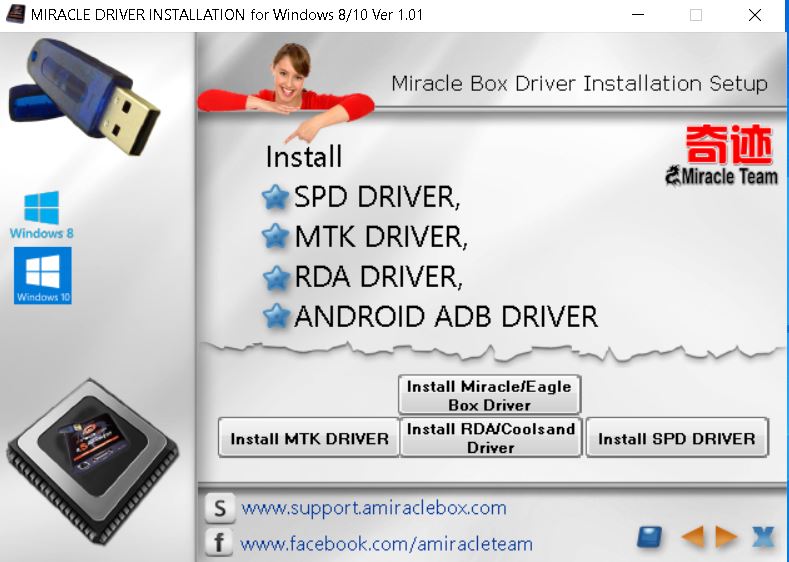Download All USB Drivers Latest Version, Just A Simple Click To Download
Why You Need USB Drivers, How to Download Them, and How They Work
In today’s digital age, USB (Universal Serial Bus) devices are essential. From storage devices, printers, scanners, and smartphones to external hardware like keyboards and mouse, almost every modern device uses a USB connection. However, for your computer to communicate effectively with these devices, you need USB drivers.
What Are USB Drivers
A USB driver is a software component that allows your computer’s operating system to communicate with the hardware connected via USB. Without proper drivers, your system cannot recognize or utilize the connected USB devices correctly.
Think of USB drivers as translators. Just as two people speaking different languages need a translator to communicate, your computer and the USB device need a driver to exchange data and instructions efficiently.
Why Do You Need USB Drivers
1. Device Recognition: When you plug a USB device into your computer, the operating system uses a driver to recognize it. Without the correct driver, your device may not work properly, or worse, may not be recognized at all.
2. Device Functionality: Drivers ensure that USB devices operate with full functionality. For example, without the right USB driver, your phone might not sync data with your computer, or your printer might not print.
3. System Stability and Performance: USB drivers optimize performance and prevent system crashes or device malfunction. Outdated or missing drivers can lead to compatibility issues and a frustrating user experience.
How to Download All USB Drivers
If your USB device isn’t working properly, or if you’ve plugged in a new device and it’s not being recognized, you may need to install or update the USB driver. Here’s how to download and install USB drivers:
1. Automatic Installation (Plug-and-Play)
Many USB drivers are installed automatically when you plug in a device. Modern operating systems like Windows and macOS have built-in driver databases. When you connect a new USB device, the system automatically searches for the appropriate driver and installs it.
However, sometimes the system may fail to find the right driver. In such cases, you’ll need to manually download and install it.
Manual Installation
Here are the steps to manually download and install USB drivers,
- Identify the Device: Check the make and model of your USB device. You may need this information to find the right driver.
- Visit the Manufacturer’s Website: The safest and most reliable place to download drivers is the manufacturer’s official website. Look for the Support or Drivers section. Enter your device’s details and download the appropriate driver for your operating system (Windows, macOS, Linux, etc.).
- Driver Installation
1. Download the driver file from the manufacturer’s website, or click link below download button.
2. Open the file, and follow the installation instructions. Typically, this involves agreeing to terms, choosing an installation folder, and clicking Install.
3. After installation, restart your computer to ensure the changes take effect.
Use Windows Device Manager (for Windows users)
1. Right click on the Start button and select Device Manager or Window +R type Device Manager then press enter.
2. Locate the USB device with an issue (it may have a yellow triangle beside it).
3. Right click on it and select Update driver.
4. Choose Search automatically for updated driver software or Browse my computer for driver software if you downloaded the driver manually.
Using Driver Update Software
If you’re not sure which drivers to install or if multiple devices need updates, driver update software can simplify the process. Programs like Driver Booster or Driver Easy scan your system, identify outdated or missing drivers, and offer to download and install them for you.
How Do USB Drivers Work
Once installed, a USB driver manages communication between the operating system and the hardware. Here’s how the process works:
1. Device Detection: When you plug in a USB device, the computer’s operating system detects it.
2. Driver Check: The OS then checks its internal library for an existing driver compatible with the device. If none is found, the system requests you to install the driver manually.
3. Data Exchange: Once the correct driver is installed, it acts as a bridge. The driver translates commands from the OS into a form the device understands, and vice versa. This ensures smooth data transfer and device functionality.
4. Device Management: The driver also manages power consumption, controls input/output operations, and provides status information to the OS about the USB device.
click here to download (password: bypassapp.in)
Conclusion
USB drivers are essential for ensuring your computer can properly communicate with external devices. Without the right drivers, your USB devices may not function correctly or be recognized at all. Whether through automatic installation, manual download, or driver update software, keeping your USB drivers up to date ensures a smoother, more efficient computing experience.
#download all usb drivers just a simple click install, #download all usb drivers mirecal thusder edition, #dowload all usb drivers androind device support, #download all usb drivers mediatek driver, #download all usb drivers qualcomm driver, #download all usb drivers spd driver, #download all usb drivers qpst driver,
